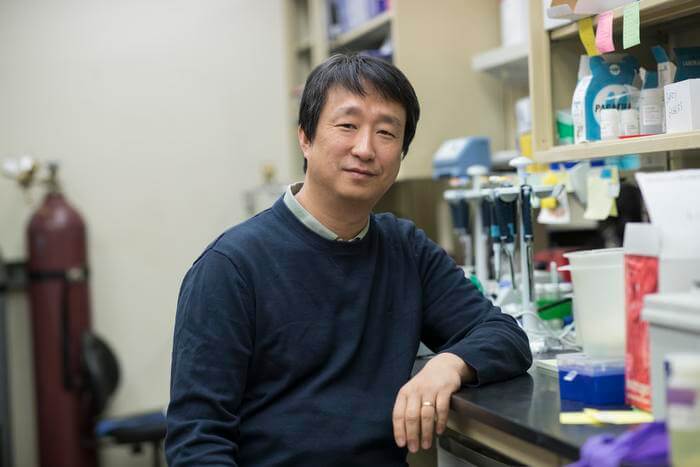Researchers at the University of Virginia School of Medicine have made a significant discovery regarding the self-repair mechanism of the cells responsible for our sense of hearing. This breakthrough insight holds promise for the development of improved methods to prevent and treat hearing loss.
Hair cells, which are crucial for both hearing and balance, derive their name from the hair-like structures that act as mechanical antennas for sound detection. Conventionally, it was believed that once auditory hair cells were lost, they were irreparable. However, UVA Health’s latest research reveals that these delicate cells have the ability to repair themselves from damage caused by loud noises or other forms of stress.
“For many years, auditory research has placed considerable emphasis on the regeneration of sensory hair cells. Although these efforts continue, it is equally important to enhance our comprehension of the intrinsic mechanisms that govern the repair and maintenance of these cells. By gaining a deeper understanding of these inherent repair processes, we can uncover strategies to fortify them effectively. One such approach in the future might involve the utilization of drugs that stimulate repair programs,” explained researcher Jung-Bum Shin, PhD, from UVA’s Department of Neuroscience. “In essence, when replacement of hair cells proves challenging, the focus shifts towards repairing them instead. This dual strategy of regeneration and repair holds strong potential in advancing treatments for hearing loss and associated conditions.”
Hair cells are naturally fragile because they need to be sensitive to sound while also withstanding continuous mechanical stress.
Prolonged exposure to loud noise can harm the hair cells in various ways, including damaging the cores of the hair-like structures called stereocilia. Shin’s research shows that these cells have a process for self-repair.
The repair process involves the activation of a protein called XIRP2, which can sense damage to the cores made of actin. The XIRP2 protein detects damage, migrates to the damaged site, and repairs the cores by replacing them with new actin.
“We are especially excited to have identified a novel mechanism by which XIRP2 can sense damage-associated distortions of the actin backbone,” said Shin. “This is of relevance not only for hair cell research but the broader cell biology discipline.”
This pioneering work has secured more than $2.3 million in funding, grant R01DC021176, from the National Institutes of Health to support further research on core repairs. Understanding this process will enable scientists to develop new ways to combat hearing loss, including age-related hearing loss.
“Age-related hearing loss affects at least a third of all older adults,” Shin said. “Understanding and harnessing internal mechanisms by which hair cells counteract wear and tear will be crucial in identifying ways to prevent age-related hearing loss. Furthermore, this knowledge holds potential implications for associated conditions such as Alzheimer’s disease and other dementia conditions.”
The findings have been published in the scientific journal eLife and are freely accessible.
The research team consisted of Elizabeth L. Wagner, Jun-Sub Im, Stefano Sala, Maura I. Nakahata, Terence E. Imbery, Sihan Li, Daniel Chen, Katherine Nimchuk, Yael Noy, David W. Archer, Wenhao Xu, George Hashisaki, Karen B. Avraham, Patrick W. Oakes, and Shin. The researchers have no financial interest in the work.
The research received support from the National Institutes of Health’s National Institute on Deafness and Other Communication Disorders, grants R01DC014254, R56DC017724, R01DC018842, R01DC011835, and 1F31DC017370-01. Additional support was provided by the Owens Family Foundation, the Virginia Lions Hearing Foundation, and a National Science Foundation CAREER Award.
Stay updated with the latest medical research news from UVA by subscribing to the Making of Medicine blog.


